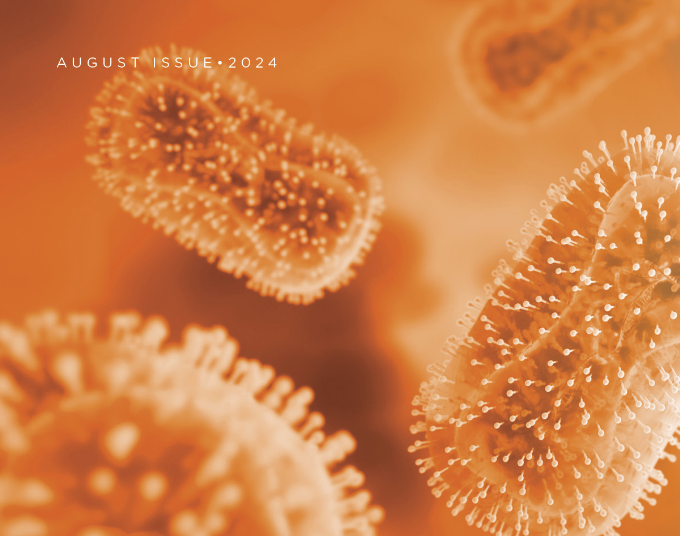News
GA WELLNESS GUIDE: MONKEYPOX

Monkeypox is a Viral Zoonotic infection that can spread from animals to humans and between humans. It causes symptoms similar to but milder than smallpox, including fever, rash, and swollen lymph nodes.The rash typically progresses through stages, forming scabs before healing.
Transmission
- Face-to-face (talking or breathing)
- Skin-to-skin (touching or vaginal/anal sex)
- Mouth-to-mouth (kissing)
- Mouth-to-skin contact (oral sex or kissing the skin)
- Respiratory droplets or short-range aerosols from prolonged close contact.
Prevention
- Getting a monkeypox vaccine can help prevent infection.
- Avoid close contact with infected animals and people, particularly those with skin lesions.
- Practice good hand hygiene by washing hands frequently with soap and water or using alcohol-based hand sanitizers.
- Use personal protective equipment.
- Avoid contact with contaminated materials such as bedding or clothing from infected people or animals.
- Cook animal products thoroughly before consumption.
- Isolate infected individuals.
- Practice safe sex and use barrier protection methods.
- Clean and disinfect contaminated surfaces regularly.
- Stay informed about outbreaks in your area and follow guidelines from health authorities.
Signs and Symtoms
- Rash
- Fever
- Sore Throat
- Headache
- Muscle Aches
- Muscle Aches
- Back Pain
- Low Energy
- Swollen Lymph Nodes
Diagnosis and Treatment
The goal of treating monkeypox is to take care of the rash, manage pain and prevent complications.Early and supportive care is important to help manage symptoms and avoid further problems.
Diagnosis Steps:
- Clinical examination: Particularly the characteristic rash and patient history: recent travel, animal contacts, or exposure to infected individuals.
- Laboratory testing: PCR (Polymerase Chain
Reaction), Electron microscopy, Blood tests for antibodies (less common and may be less reliable early in infection) - Ruling out other conditions with similar symptoms, such as chickenpox and measles and Imaging: In some cases, chest X-rays or other imaging might be used to check for complications.


